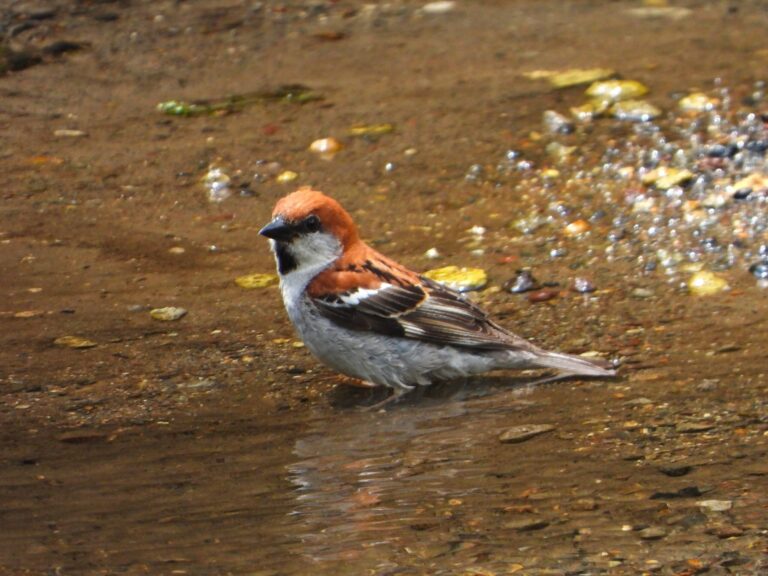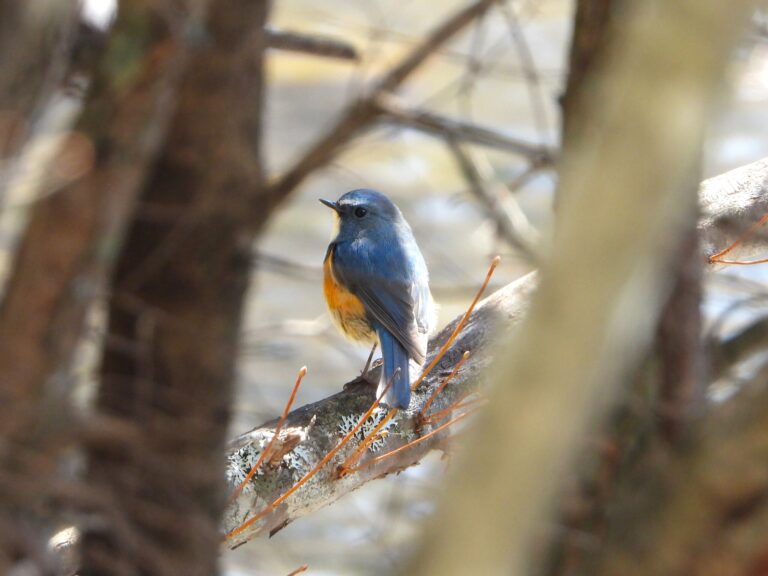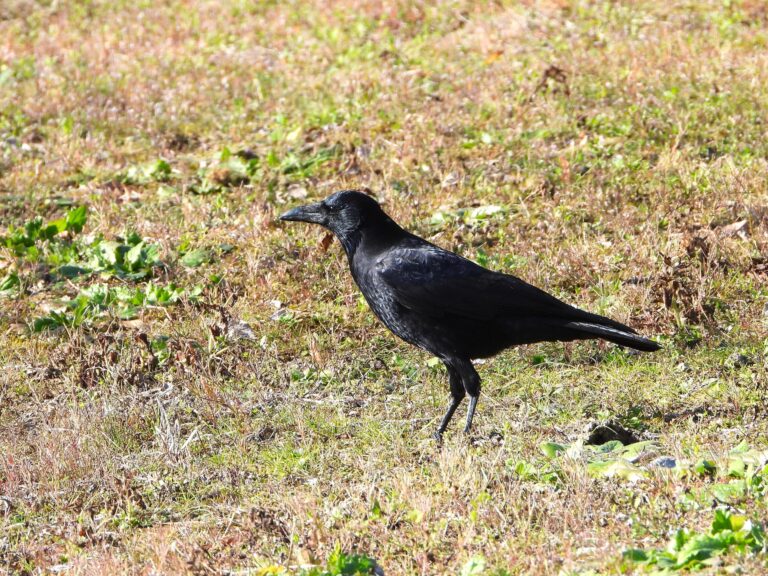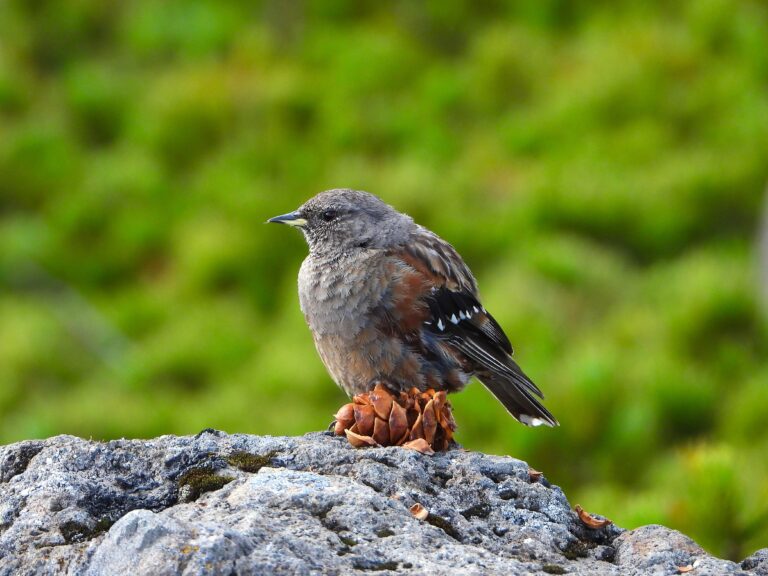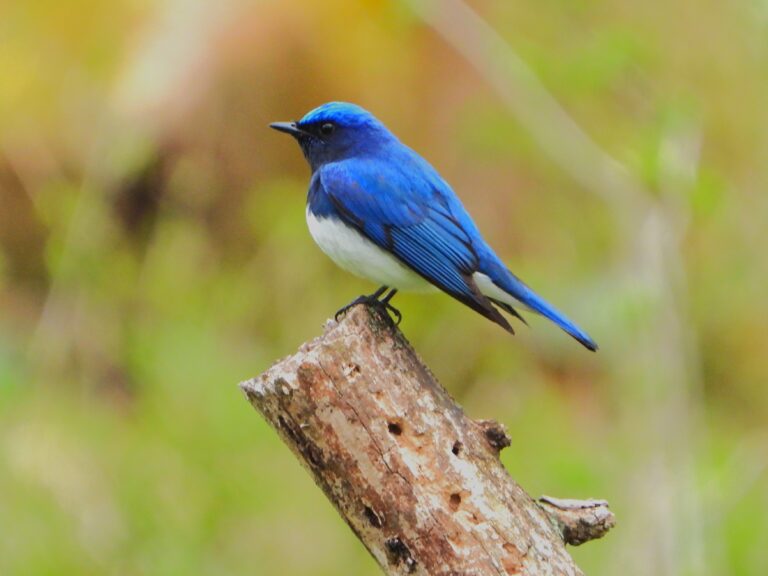Asian House Martin (Delichon dasypus) – Wildlife of Japan
Introduction
The Asian House Martin is a compact, fast-flying swallow known for its crisp white rump and short, shallowly forked tail. In Japan, it is a familiar spring–autumn breeder and colony nester on cliffs, bridges, tunnels, and building eaves. Overall, the species remains widespread and stable, and it is globally assessed as Least Concern.
Appearance
This small swallow measures about 12–13 cm in length. Its upperparts are blue-black with a clean white rump, while the underparts are whitish to pale gray. The tail is short and only slightly forked. Notably, the legs and toes have white feathers, a classic feature of the genus. In flight, the bright white rump is the most visible mark.
Habitat & Distribution
Across Asia, three subspecies are recognized. The nominate D. d. dasypus breeds from southeastern Russia through the Kurils and throughout Japan, sometimes reaching Korea. Most birds migrate south through eastern China to spend the winter in Southeast Asia—mainly the Malay Peninsula, the Greater Sundas, and the Philippines. In Japan, they often nest near water such as rivers, lakes, and coastal cliffs, using both natural and man-made structures.
Where to See in Japan
You can see colonies beneath bridges, inside tunnels, and on the walls of schools or mountain huts. In particular, they are common from Kyushu northward. A few also overwinter in parts of Honshu and Kyushu, especially in the Tokai region and northern Kyushu. Typically, they are most active between March and October.
Behavior
These birds are highly aerial, often foraging in loose flocks above rivers and towns. They are colonial and quite tolerant of people near their nests. Their flight is swift and graceful, with frequent glides, and their calls form a lively chorus around the colonies.
Diet
Asian House Martins feed mainly on small flying insects that they catch in the air. Occasionally, they may pick insects off the ground, but such behavior is uncommon.
Reproduction
They build mud nests under overhangs, often forming large colonies. The nests are deep mud cups, sometimes left partly open at the top, unlike the fully enclosed nests of the Common House Martin. Each pair usually lays three or four plain white eggs, and breeding takes place during spring and summer.
Conservation
The species is globally classified as Least Concern, with a stable population. In Japan, it remains common wherever suitable nesting sites exist. Protecting colonies under bridges and buildings—and avoiding nest removal during the breeding season—helps maintain local populations.
Author’s Impression
I once observed a group of Asian House Martins desperately collecting mud for their nests, flying back and forth between the riverbank and the bridge. Their dedication to building—even carrying tiny bits of wet clay—was truly impressive. Watching them work tirelessly, I felt a quiet sense of admiration for their determination and the simple beauty of their daily lives.


